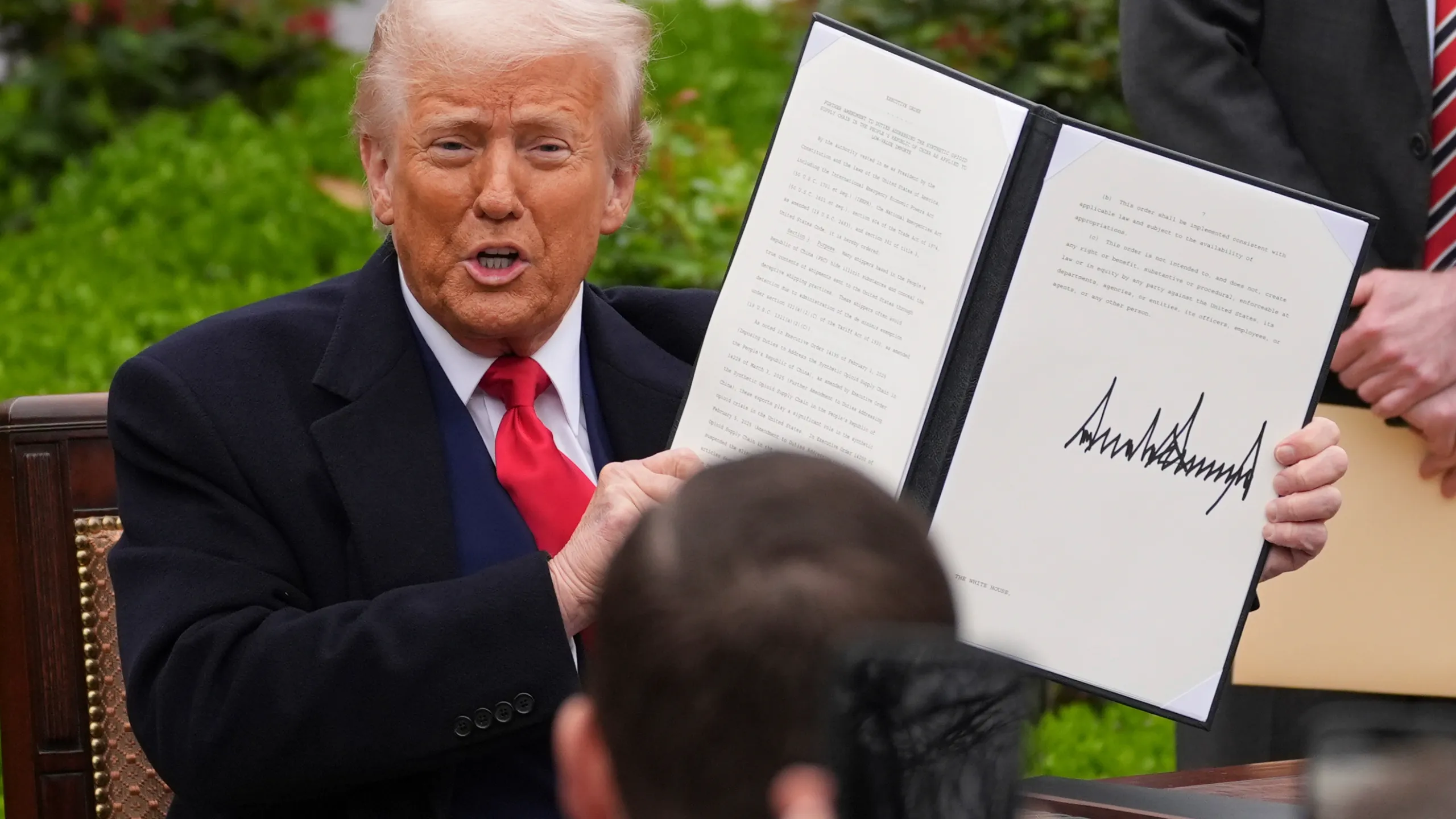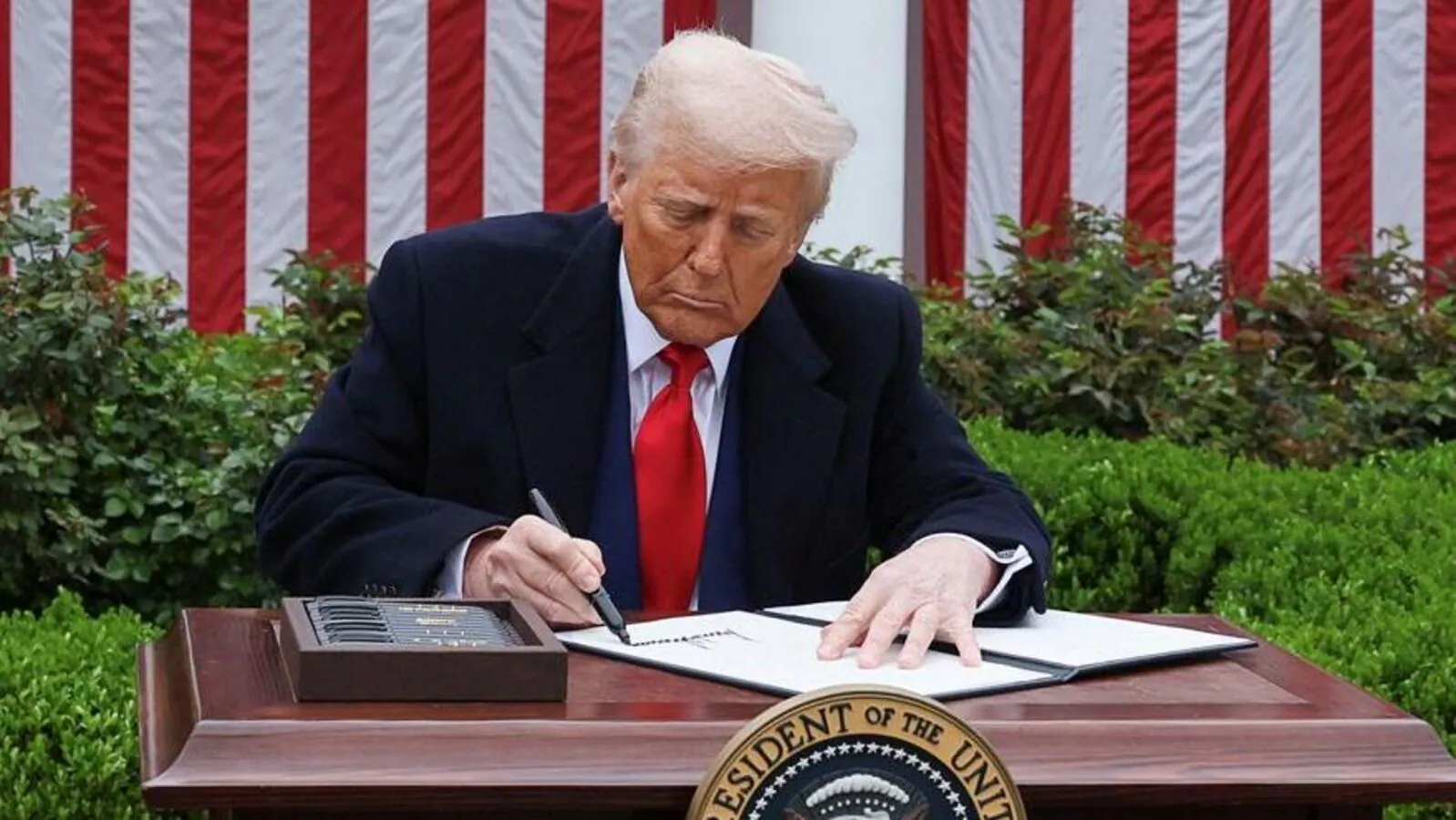
Introduction: Rising Trade Tensions and Their Global Impact
The landscape of international trade has become increasingly turbulent in recent months, with tensions between the United States and various trading partners escalating on multiple fronts. Among these issues, tariffs—taxes imposed on imported goods—have emerged as a primary tool used by nations to protect domestic industries or exert economic pressure. Recently, the United States announced a significant escalation in its tariffs on copper, raising them to a steep 50%. This decision signals a notable shift in trade policy and is likely to have far-reaching implications for global markets, especially the metals industry.
The Context Behind the Tariff Increase
Copper, often regarded as a vital industrial metal, is widely used across construction, electronics, transportation, and renewable energy sectors. Its status as a critical commodity means that fluctuations in its trade policies can influence economies worldwide. The U.S. government’s move to elevate tariffs on copper reflects broader concerns about trade imbalances, national security, and economic sovereignty.
According to BBC reports, the measure was announced by former President Donald Trump amidst ongoing trade negotiations and disputes. While tariffs historically aim to protect American manufacturing and curb reliance on foreign materials, recent developments suggest a strategic push to counter perceived threats from major copper-exporting nations, particularly China and countries in South America.
The Official Announcement and Rationale
As detailed in the news article from BBC, the move to increase tariffs to 50% is a strategic response aimed at safeguarding U.S. manufacturing interests amidst what officials describe as unfair trade practices by foreign nations. The tariffs are also intended to leverage negotiations and encourage better trade terms favorable to American industries.
Implications for Global Supply Chains
Raising tariffs on copper to such a high level is poised to disrupt ongoing supply chains and alter the landscape of global trade. For one, it could lead to:
- Increased Costs: American companies reliant on imported copper will face higher raw material costs, potentially leading to increased prices for end consumers.
- Supply Disruptions: Countries that export copper to the U.S. might seek alternative markets, thereby shifting trade flows and causing fluctuations in global supply dynamics.
- Market Volatility: Copper prices worldwide are likely to become more volatile as traders respond to policy signals and shifting trade patterns.
The ripple effects extend beyond just price changes; they could influence manufacturing schedules, international diplomatic relations, and broader economic stability.
Potential Economic and Political Outcomes
The decision to increase tariffs is as much political as it is economic. It reflects a broader strategy to assert U.S. economic policies in the face of perceived international unfairness. The implications include:
– **Protectionism and Domestic Industry Support**: The move is designed to shield American miners, manufacturers, and related industries from cheaper foreign competitors.
– **Escalation of Trade Tensions**: Such tariff hikes tend to provoke retaliatory measures, potentially leading to a trade war that further complicates international economic relations.
– **Negotiation Leverage**: The tariffs could serve as leverage in negotiations, prompting trading partners to agree to more favorable terms to avoid higher costs.
– **Impact on Diplomatic Relations**: Heightened tariffs may strain diplomatic relations, especially with nations heavily involved in copper exports, such as Chile, Peru, and China.
Industry Leaders’ Perspectives and Market Reactions
Industry stakeholders have expressed mixed reactions to the announcement. Some analysts believe that the tariffs could eventually lead to a more self-sufficient American copper industry by encouraging local mining and production. Others warn about the adverse effects on manufacturing costs and global economic stability.
Immediately following the announcement, global markets exhibited volatile behavior. Copper prices, which have historically responded to geopolitical developments, experienced fluctuations as investors reassessed the risk landscape. Traders are closely monitoring whether the tariffs will be implemented fully or if negotiations will soften the stance, given the potential economic fallout.
Broader Trade Policy Implications
This move to increase copper tariffs is part of a broader trend of assertive trade policies undertaken by the U.S. government during the previous administration and continuing into the current administration. It underscores a shift toward protectionism, emphasizing the importance of domestic sourcing of critical materials.
Furthermore, these policies add to the complexity of the global trading system, where supply chains are becoming increasingly localized but still heavily dependent on international trade in raw materials. The spike in tariffs could accelerate efforts amid industries and governments to diversify supply sources to mitigate future risks.
Future Outlook: What Can We Expect?
The escalation to a 50% tariff on copper signifies a significant strategy shift. Moving forward, the key question centers on whether this policy will:
– **Lead to a sustained increase in domestic copper production**,
– **Trigger retaliatory trade measures from other nations**,
– **Catalyze further negotiations to de-escalate tensions**, or
– **Create new opportunities for alternative materials or supply sources**.
Economists and industry insiders will be watching closely how these developments unfold, as they could set precedents for future trade negotiations and tariff strategies.
Conclusion: Navigating the New Trade Environment
The decision by the United States to substantially increase copper tariffs to 50% highlights the ongoing shift toward more aggressive trade policies. While aimed at protecting national economic interests, such measures carry inherent risks, including supply chain disruptions, price volatility, and geopolitical tensions. Businesses across sectors reliant on copper should prepare for potential fluctuations and explore diversification strategies.
As the global community grapples with these changes, cooperation and negotiations will be vital in managing economic stability and fostering healthy international trade relations.
For more updated news please keep visiting Prime News World.








